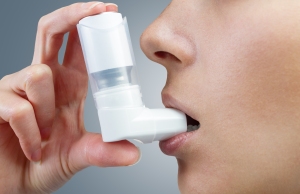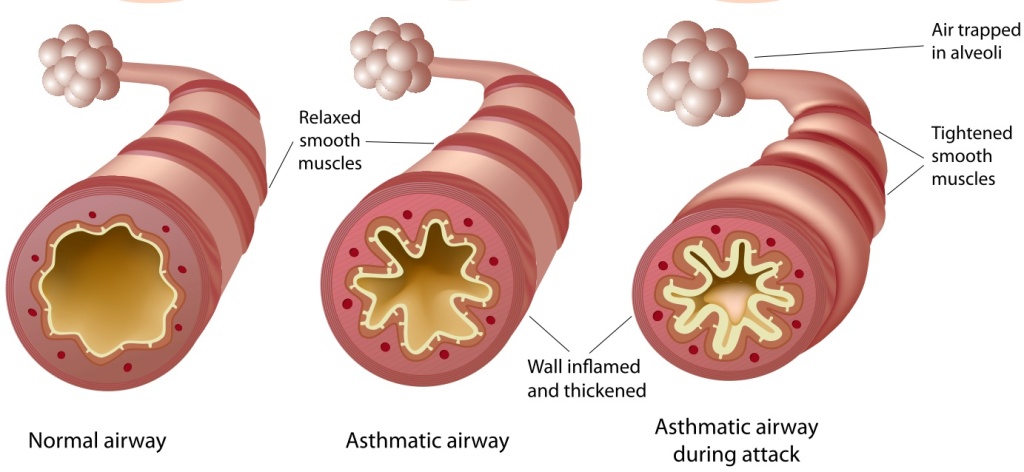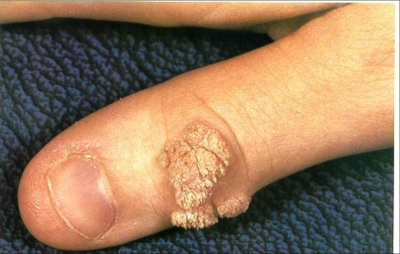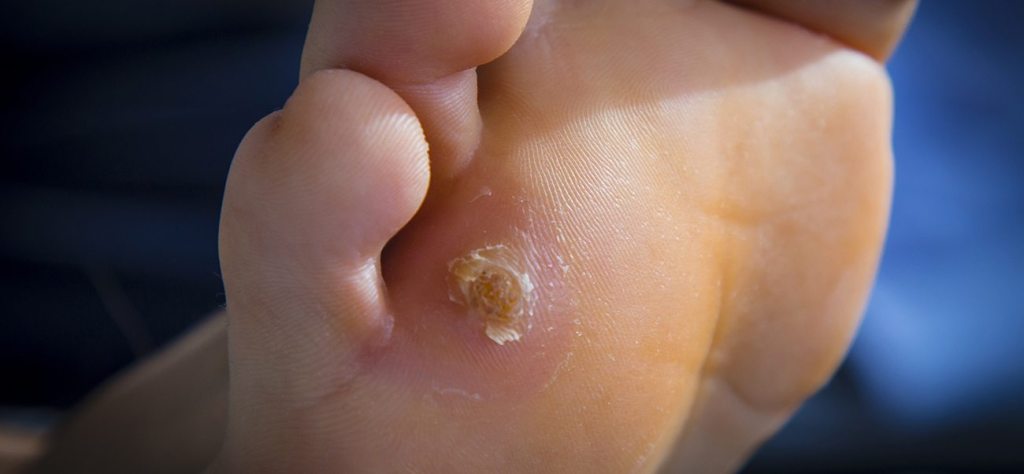
Taeniasis is an infection due to an adult tapeworm in the intestine. Humans acquire taeniasis from ingestion of undercooked pork / cow meat containing cysticerci. Cysticercosis is the development of extraintestinal encysted larva forms of Taenea in various organs. The Central Nervus System is involved in 60-90% of cases.
Humans are the definitive host. Adult tapeworms live in the human intestine. Humans pass gravid eggs in feces; mature eggs contaminate pastures and barnyards, where cattle and pigs ingest them. Upon reaching the alimentary canal of infected animals, the embryos are released, penetrate the gut, enter the circulation.
The embryos filter from the circulation and encyst in muscular tissue. Larvae (ie, cysticerci) become infectious within 2-3 months. Humans develop a tapeworm infection by eating raw or undercooked beef or pork containing cysticerci. The cysticercus becomes activated, attaches to the wall of the small intestine , and becomes a mature tapeworm. This maturation process takes 12 weeks . A single tapeworm produces an average of 50,000 eggs per day and may live up to 25 years.
Symptoms
Most patient without symptoma or have mild-to-moderate complaints.
The most common complaint is passage (active or passive) of proglottids (part body of worm).
• Nausea
• Weakness
• Loss of appetite
• Increased appetite
• Headache
• Constipation
• Diarrhea
Stomach pain and nausea are reportedly common in the morning and are characteristically relieved by eating small amounts of food.
The most common complication of adult tapeworm infection is appendicitis. Other reported complications include obstruction of bile ducts, pancreatic duct and tapeworm growth in ectopic locations
If adult tapeworms are detected in the stools, anthelmintic therapy is reccomended
Prevention
Prevention and control of T. solium infection as recommended by WHO .
• Mass drug administration for taeniasis
• Identification and treatment of taeniasis cases
• Health education, including hygiene and food safety
• Improved sanitation
• Improved cultivation and production of pig
• Anthelmintic treatment of pigs
• Vaccination of pigs
• Improved meat inspection and processing of meat products









